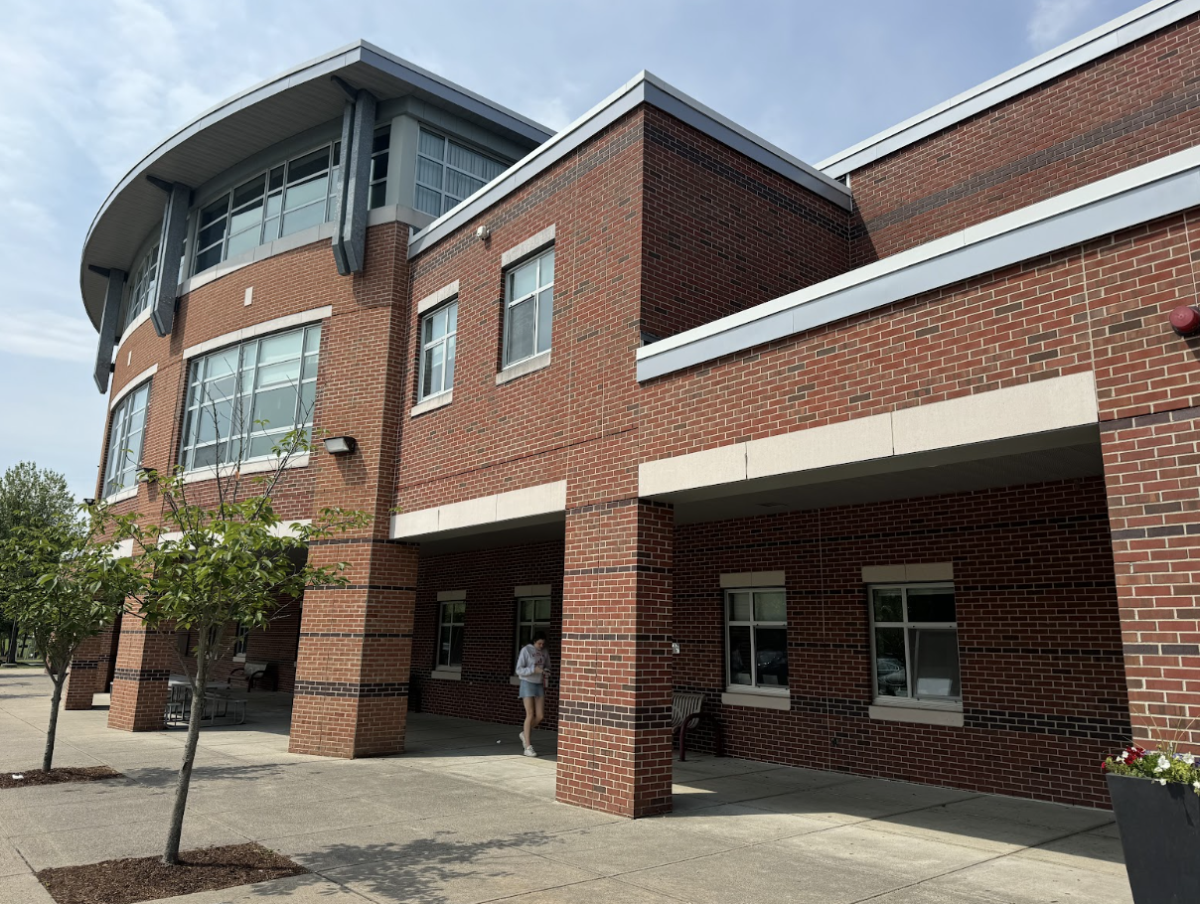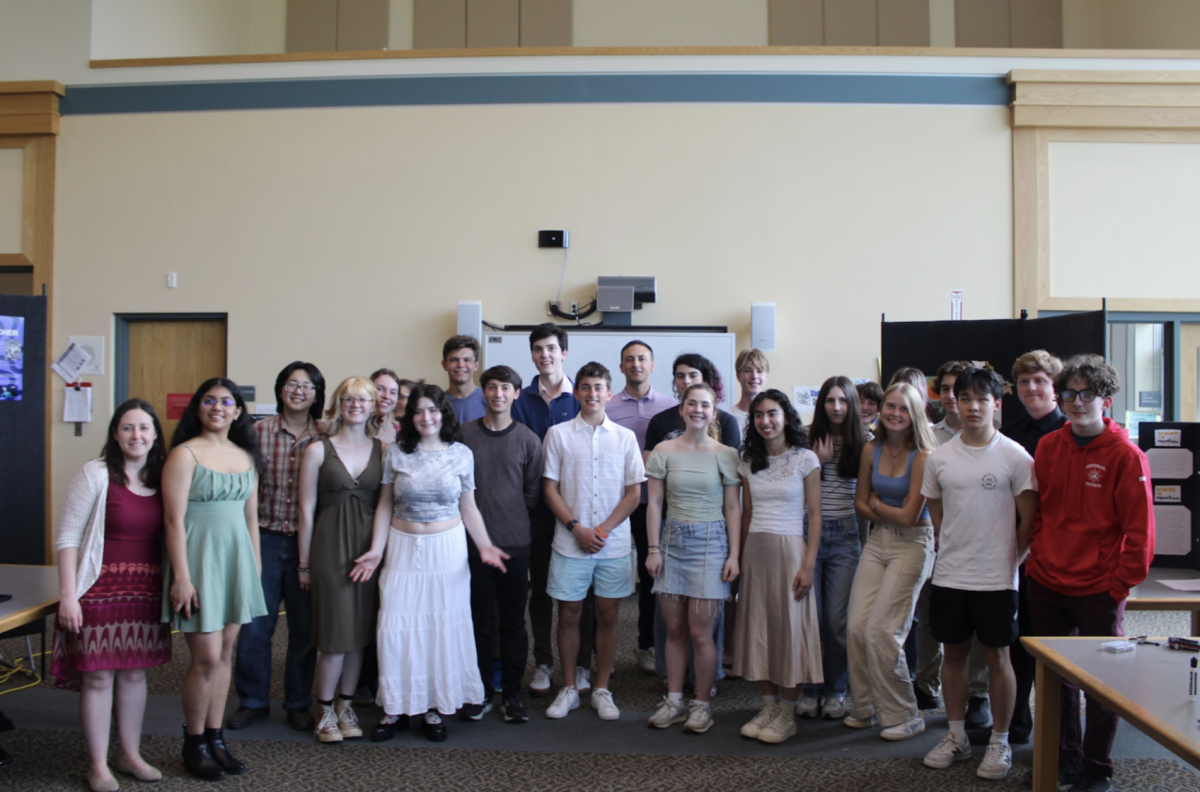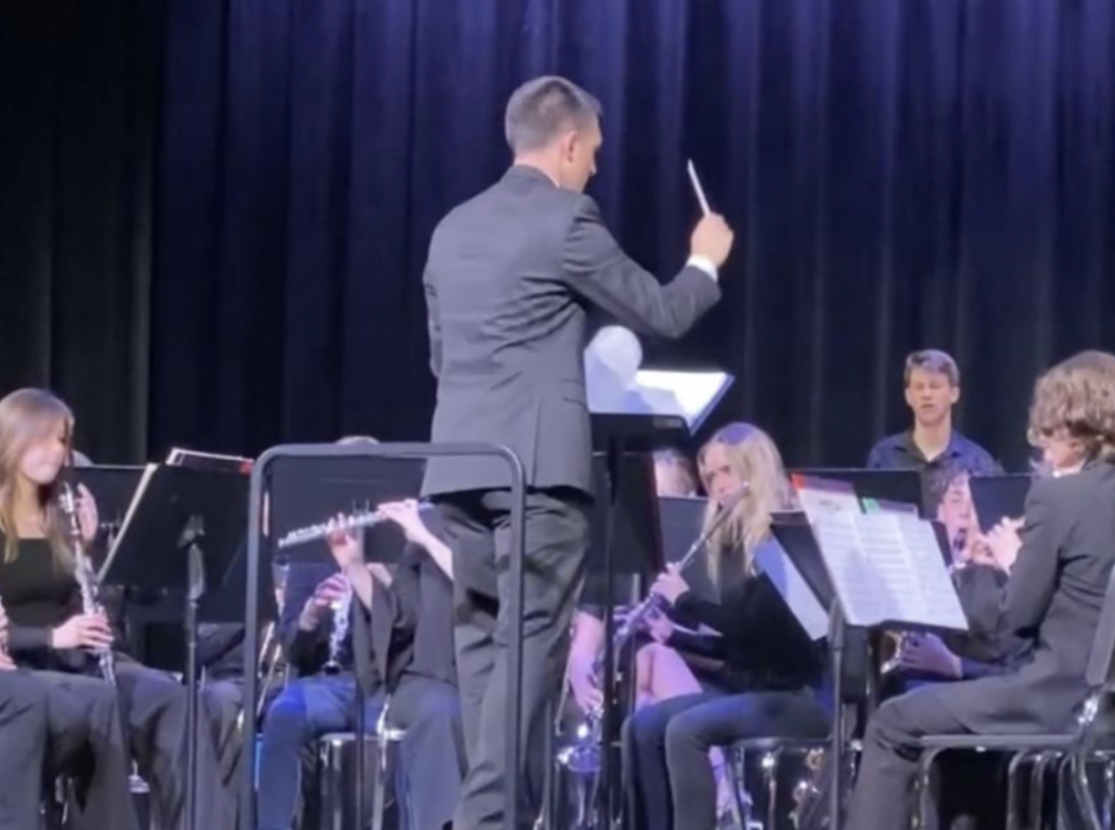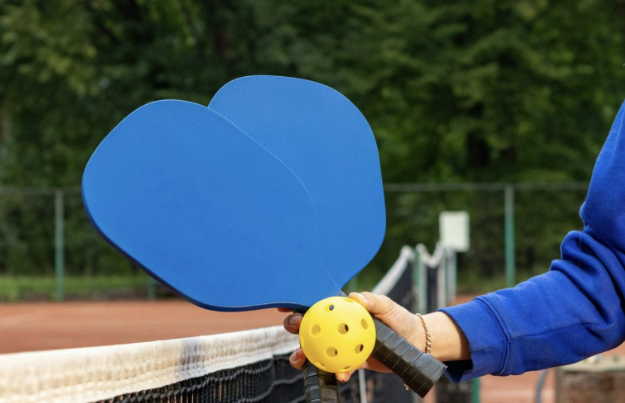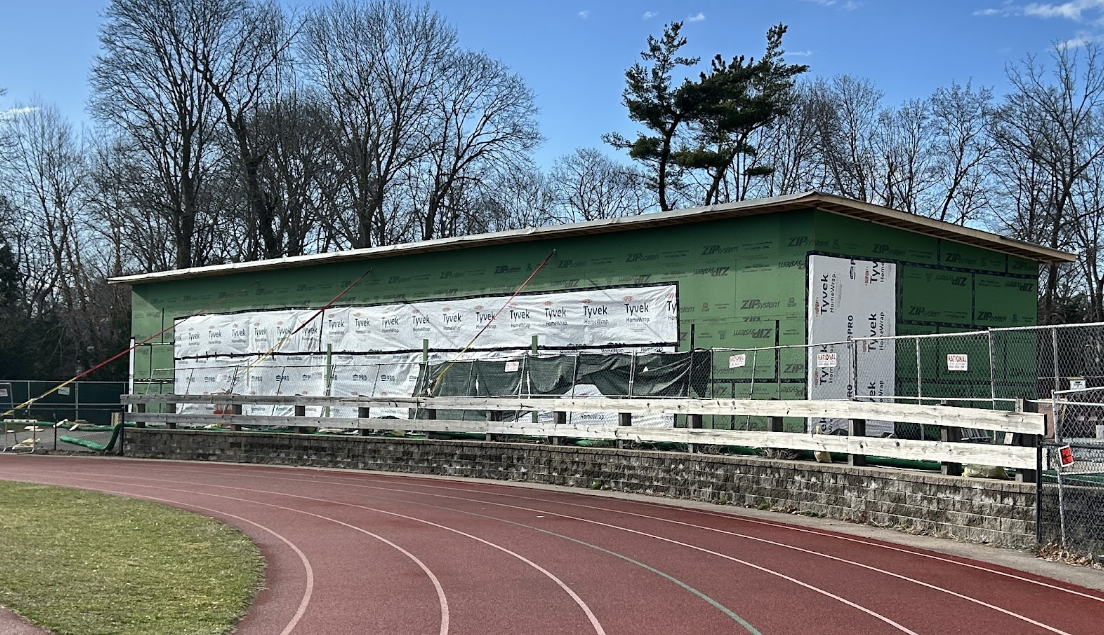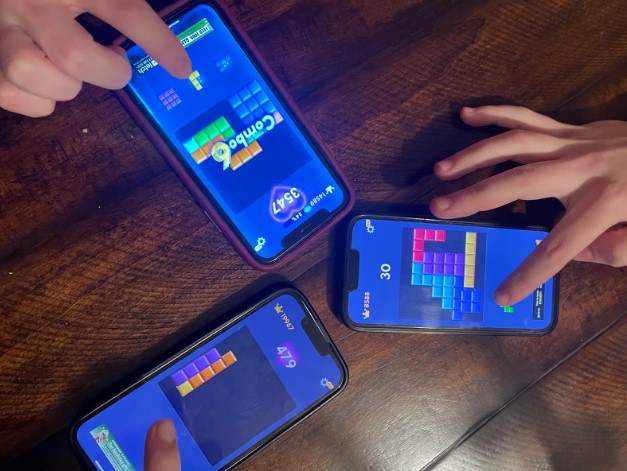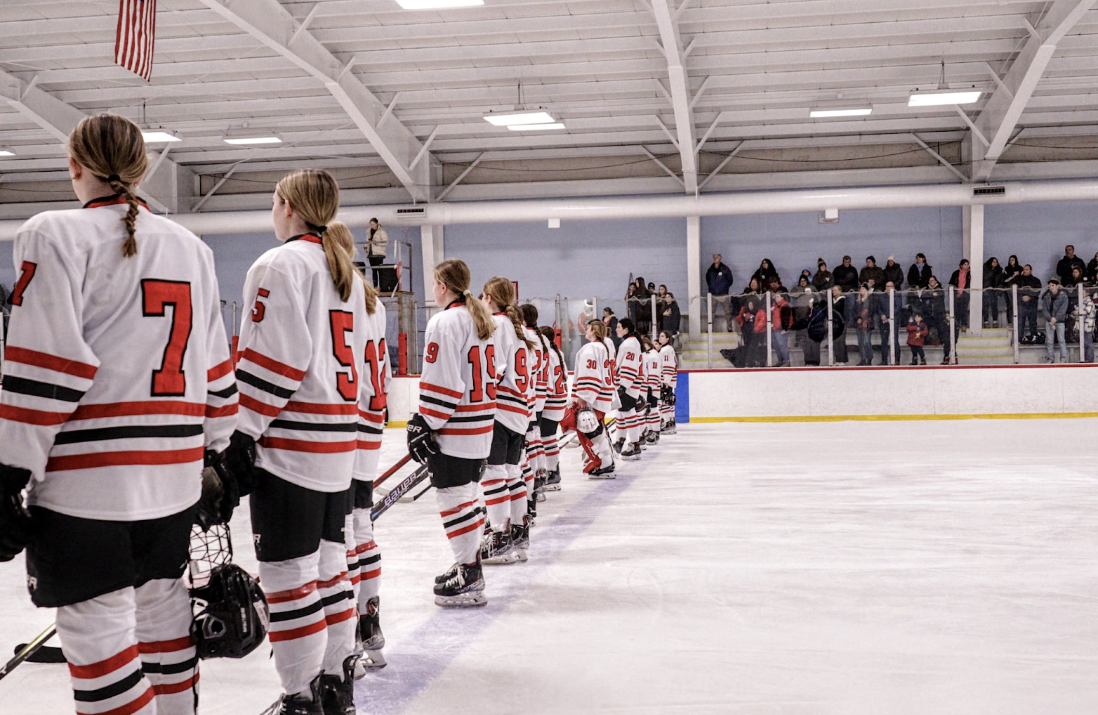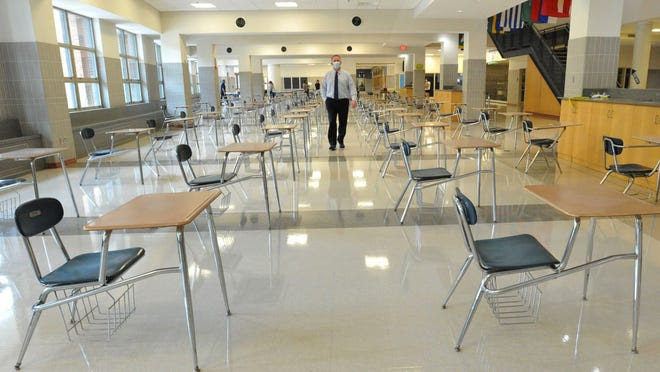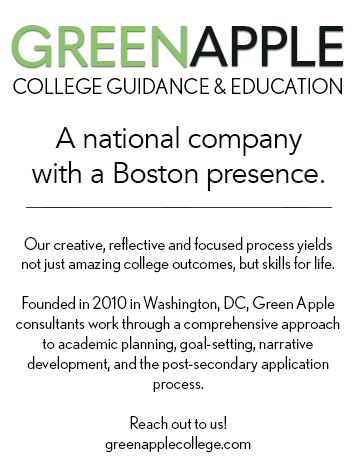Hingham High School’s Re-Opening Plans
When returning to school for in-person learning, desks will have 3-6 feet of physical distancing.
March 29, 2021
After a year of the unconventional remote and hybrid school model, Hingham High School students will be allowed to return to school for full-time in-person learning for the first time since March of 2020. The re-opening plan, which according to HHS Principal Swanson has been “developed over the past few weeks with input from many stakeholders,” gives students the opportunity to return to the building five days a week for in-person learning, or to stay fully remote should they elect to do so. Principal Swanson continues, noting that he is “especially grateful for the contributions of an advisory committee that includes a medical professional as well as our whole School Council. The teachers, students, parents and other community representatives in this group all made important contributions and will continue to do so in the weeks to come.”
The proposal for increased in-person learning consists of two parts. On April 5th, students will return to the school for five days a week, but will attend school for “partial days,” with a 12:05 release. The remote Wednesdays used during the hybrid model will be eliminated and the schedule will become a two day rotation. Day one will include A, B, C and H blocks while day two will include D, E, F and G blocks. For in-person students who do not have a class in G or H blocks, the block will most likely become a supervised study hall. This schedule will be in effect for two weeks, until April 16th.
When students return from April vacation on the 26th, the schedule will shift to include a full-day of classes with a 2:32 release. The length of blocks for the remainder portion of the year have not been finalized. At the returning to in-person learning Q+A Forum on Monday, March 22, Principal Swanson discussed the possibility of block scheduling, which would include 80 minute periods with fewer classes in a day, rather than the traditional 57 minute periods. This schedule would allow students to have fewer interactions during passing periods, and fewer interactions overall. This is just one of many possibilities, as specifics regarding class lengths have not been made official yet.
Last Wednesday, March 24th, families were asked to make a commitment to either fully remote or fully in-person learning. Students choosing to return to in-person classes are expected to attend school in-person everyday, unless they have tested positive for Covid-19 or have an illness with symptoms that could potentially be coronavirus related. Students electing to participate remotely will be expected to do so through the end of the year. Although ideally the commitment made would be final, students can communicate with the school about making a change if needed. However, it is not an easy process. For students looking to switch from remote learning to in-person learning, the process may take several weeks, and the student would not be guaranteed a seat in the classroom and may have to participate in the class from designated overflow spaces. The overflow spaces will accommodate students from classes that do not have enough space to contain all students while adhering to the 3 feet of physical distancing. The exact location of the overflow spaces is unclear at the moment, but they will include students from varying grade levels and subject areas participating in their classes on Zoom (with headphones). For larger classes that will need to use the designated spaces, different students each day will attend class online from the alternate locations.
Although the proposed plan will gradually change class times and locations, students will continue to take the same courses as during the hybrid model, and will have the same teachers and classmates, regardless of whether they are returning in-person or staying remote.
Because the return to in-person learning has never before been done in this way, the proposal presents unique obstacles that students and faculty will have to work through. HHS English teacher Ms. Roth explains that group work will be more difficult, saying, “With a lot of students on Zoom, I could place students in break out rooms where they could talk and work in smaller groups more easily. While we all need to keep social distance and seating requirements in the classroom, it will be a challenge to re-think doing group work without moving desks and allowing students to work face-to-face while maintaining seating arrangements that minimize risk of transmission.”
She notes that the transition to in-person learning may ultimately be beneficial despite the possible challenges, because, “As a teacher of a subject that relies heavily on discussion and collaboration, I think in-person learning is strengthened by the ability to have organic, natural conversations, especially when discussing challenging content or themes.”
Similarly, many HHS students have mixed feelings about returning to in-person learning. Ellie Dodd, a sophomore at HHS, expressed her thoughts, saying, “I am excited to return to school, but also anxious. I think it will be hard for some people to re-adjust quickly after this past year, and I can understand why people are so hesitant to return.”
Sophomore Josh Ragusa echoed Ellie’s sentiments, saying, “I think it will be nice to see people in person again, however I think that the state has rushed this decision as Covid-19 cases are still increasing.”
Although the return to in person learning does pose an increased risk of Covid-19 transmission, HHS will continue to enforce mask mandates and social distancing of at least three feet in classrooms in order to mitigate risk. Principal Swanson assures HHS students, families and faculty that “With careful planning and consistent adherence to all safety protocols, I’m confident that we can make significant progress in a manner that is safe and responsible.”
Because students will be unmasked at lunch, there will be an increased risk of Covid-19 transmission during that time. Because of the increased risk, the current proposal for safely holding lunch denotes having students sit six feet apart from one another, instead of three feet, in rows facing the same direction. The need for social distancing is of utmost importance while students are unmasked, so lunch will most likely utilize overflow spaces, like tents, outside of the cafeteria. The number of lunch blocks will change based on how many students are planning to return to in-person instruction.
Still, Principal Swanson expressed that “This won’t be a full return to normal by any means, but it will be a big step forward.” Returning students to the classrooms is an exciting, and necessary step in the return to life as it was pre-pandemic.






